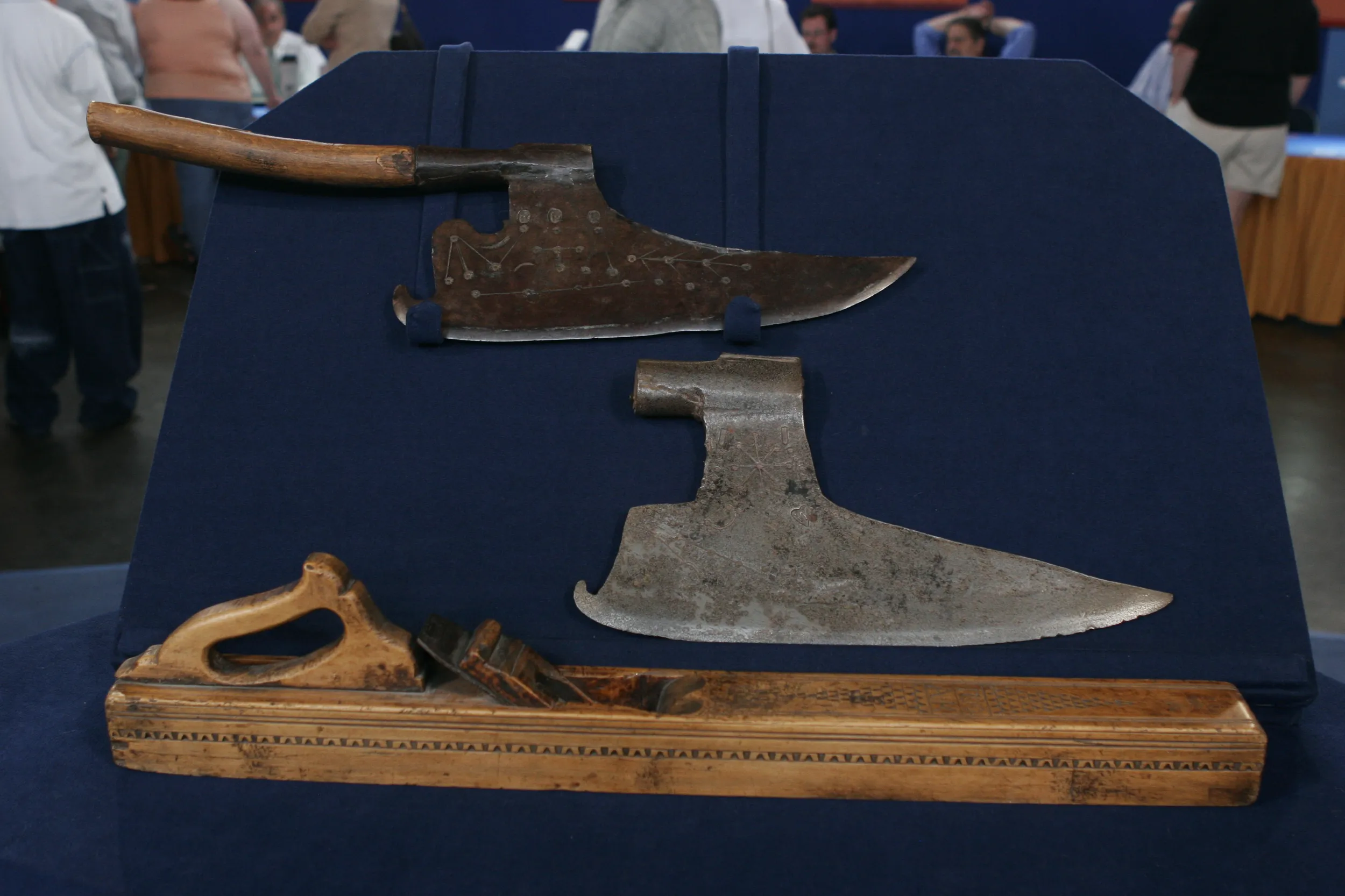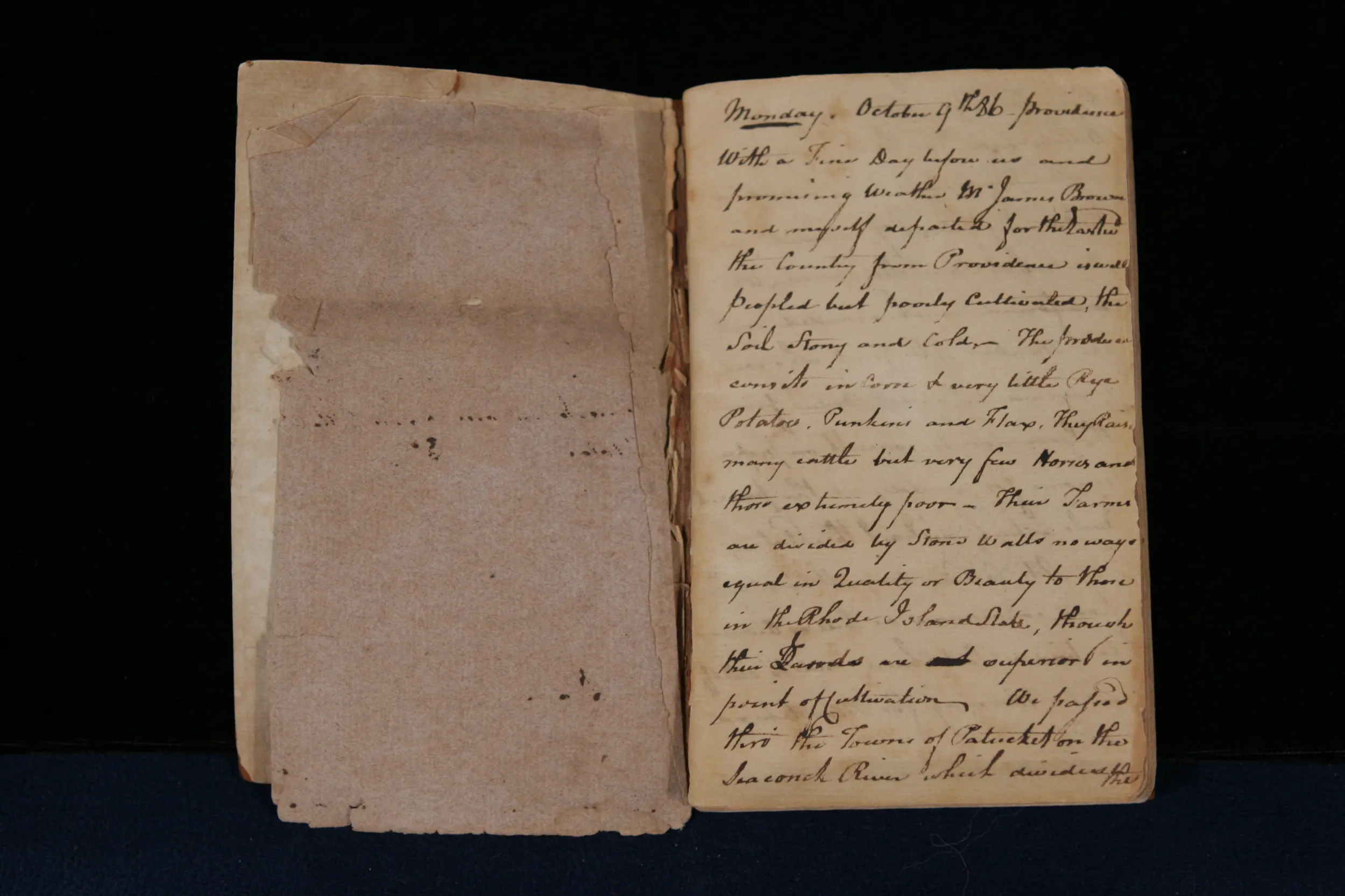GUEST: Well, I picked it up in a specialty shop in a department store in Dayton, Ohio, about 30 years ago.
APPRAISER: And how much did you pay for it?
GUEST: About $75.
APPRAISER: And tell me, why did you buy the print? What appealed to you about it?
GUEST: Well, two things. I recall having seen this in a history text, and the subject matter itself, of course, was clearly appealing.
APPRAISER: It's one of those prints that you would find in a history book because there are not that many late 18th-century images of slavery. And here you're seeing... It's worn, but you're seeing the caption that says "The Slave Trader."
GUEST: Right.
APPRAISER: And this is actually a social protest statement on the part of the English against the late 18th-century slave trade in Africa. This is at the time of the great passage in America of the antislavery bills in several states, especially in New England, not that the states didn't continue on, unfortunately, in the slave trade until the 18-teens. That was much frowned upon. But this is obviously a very strong political statement with the capturing and the beating and the taking away from a family. There's a nice American connection in this. The engraver over here is a man named John Smith. His son came to the United States and became a very, very famous engraver in this country. The painting that the print was copied from was done by the English genre painter George Morland, who was famous for all types of scenes of country life-- political subjects such as this-- and the nice thing about this print is it's never been colored. This print has suffered by being trimmed around the edges. The margins originally would have been wider, and it's weak here, but it is still a beautiful image in very, very good condition and I would place the value somewhere between $2,500 and $3,500.
GUEST: Thanks for the information.
APPRAISER: Thank you.











